#iwanaga takashi
Text
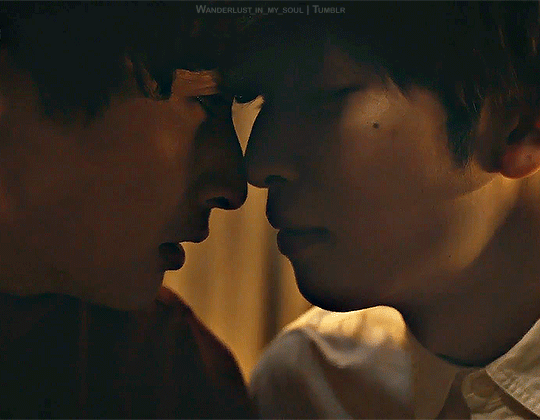





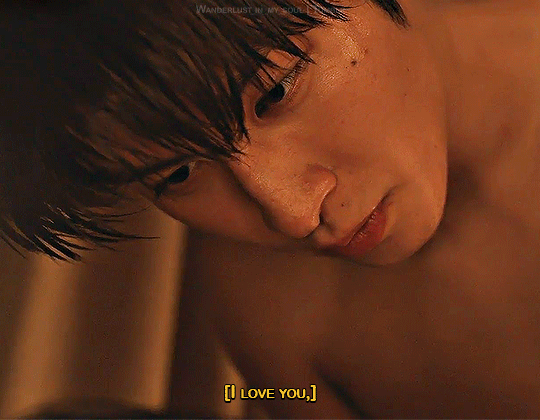

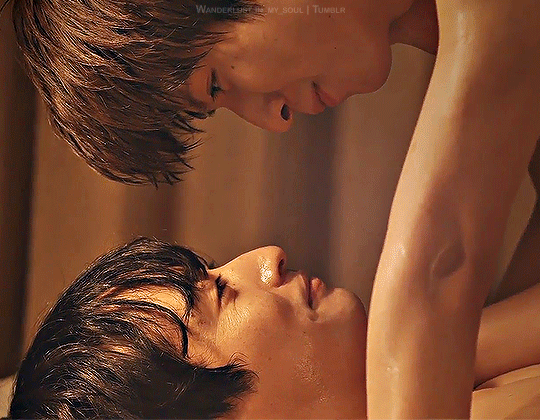

Senpai...
#love is better the second time around#Koi wo Suru nara Nidome ga Joto#恋をするなら二度目が上等#miyata akihiro#iwanaga takashi#iwanaga x miyata#japanese bl#japanese series#japanese drama#jbl#jdrama#bl drama#bl series#myedit#asianlgbtqdrama#lgbtq+#queer series#queer drama#kiss
679 notes
·
View notes
Text
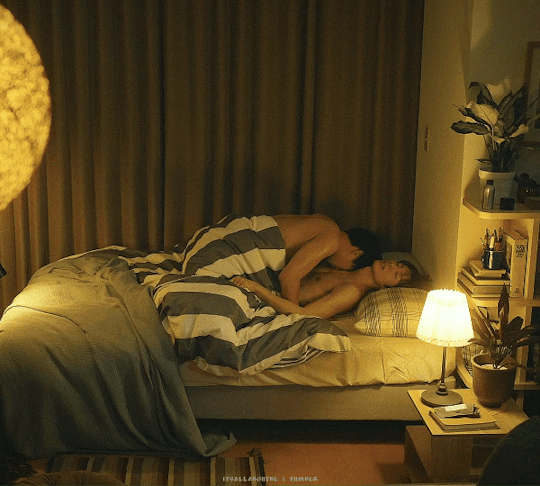
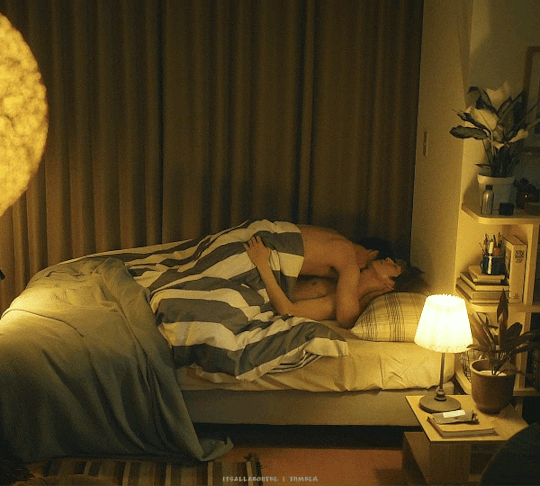

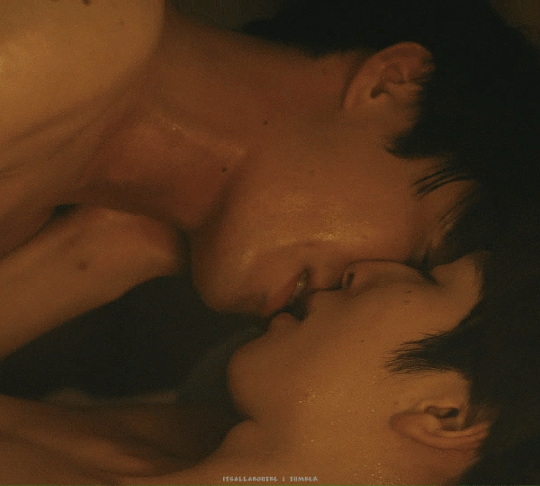
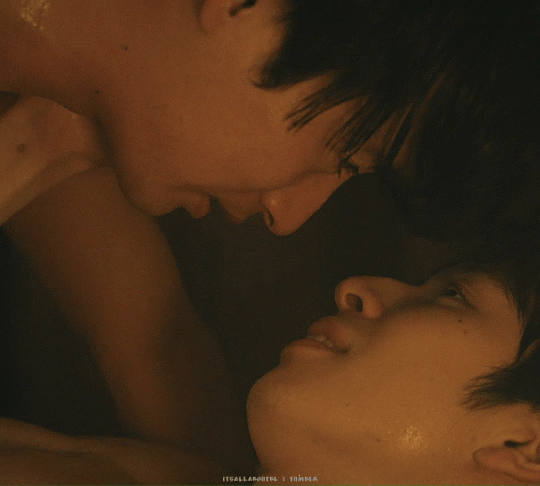
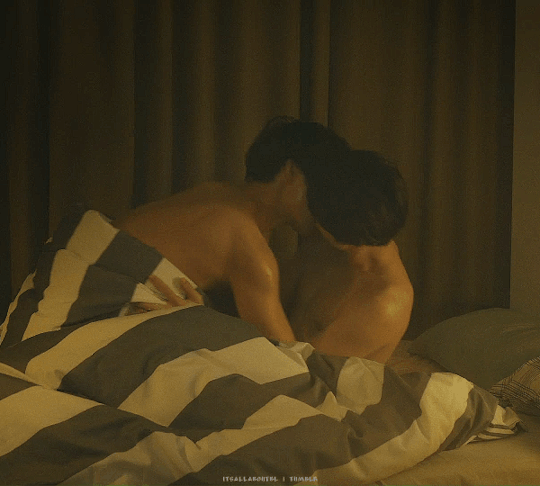
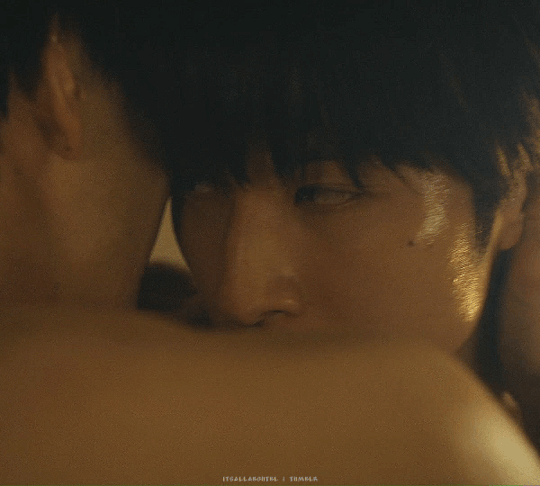


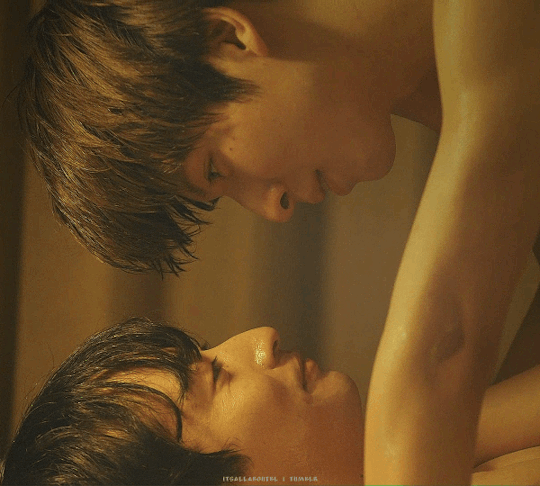

I was wondering if you were good at sex. It pisses me off.
#love is better the second time around#Koi wo Suru nara Nidome ga Joto#恋をするなら二度目が上等#iwanaga x miyata#iwanaga takashi#miyata akihiro#hasegawa makoto#furuya robin#tobelle#lextag#userbunn#user25shades#rosytracks#jdramaedit#bldramaedit#jbl#japanese bl#asianlgbtqdramas#dailyasiandramas#mygifs*#GIF 5 THE SMILES AAAHHHHHHHHHHH#THE WAY THEY'RE ALL FUCKING SWEATY HELP 🥵🥵🥵🥵#yes it's a long post idc hahah#also tumblr please don't flag me 🙏🏽
732 notes
·
View notes
Text


men in Japanese bl leaning on their hands admiringly is my new thing
#old fashion cupcake#love is better the second time around#Koi wo Suru nara Nidome ga Joto#nozue sanae#iwanaga takashi#every time iwanaga leaned on his hand all I could think of was nozue#and how one is unaware of how obvious he is being about his feelings and the other is using it to show his feelings#and both gestures turn me into goo#very deep analysis over here
352 notes
·
View notes
Text








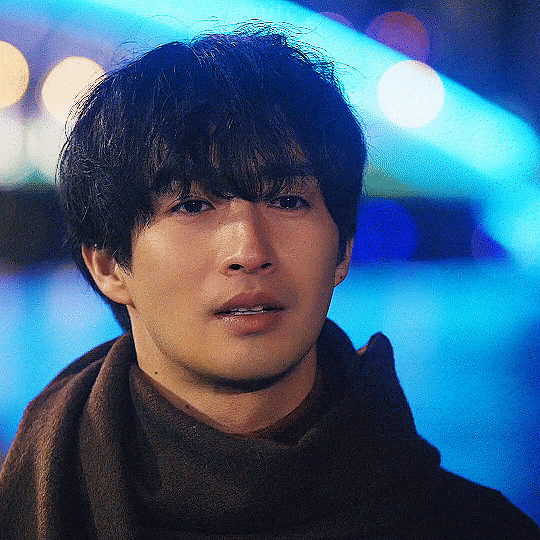

ROBIN FURUYA as Takashi Iwanaga
Love is Better the Second Time Around (2024) │01x04
#love is better the second time around#koi wo suru nara nidome ga joto#robin furuya#furuya robin#takashi iwanaga#iwanaga takashi#jdramaedit#userdramas#please do not repost#umbrella.gifs#umbrella.edits#umbrella.posts#i'm going to need him to calm down#made so many gifs for this episode which i'll use some of them later but here's his set for this week :)
330 notes
·
View notes
Text


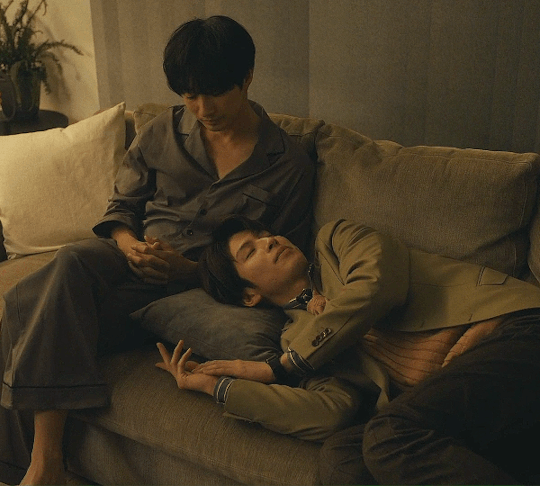





That's right. Maybe I do like you. But I won't date you. Because we're not in high school anymore. If I mess things up, I could lose everything.
#love is better the second time around#Koi wo Suru nara Nidome ga Joto#iwanaga x miyata#ours#by esme#gifs#japan#恋をするなら二度目が上等#iwanaga takashi#miyata akihiro#hasegawa makoto#furuya robin#tobelle#lextag#userbunn#user25shades#rosytracks#jdramaedit#jbl#japanese bl
331 notes
·
View notes
Text

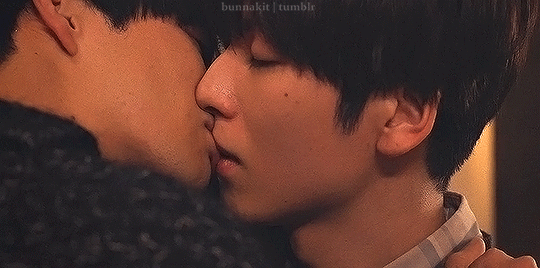







Love is Better the Second Time Around {Ep. 1 + 2}
#its been 85 years but your boy is finally back making bl gifs#the tension between these two makes me wanna scream#love is better the second time around#libtsta#bunn gifs#🌸libtsta#Koi wo Suru nara Nidome ga Joto#恋をするなら二度目が上等#Miyata Akihiro#Iwanaga Takashi#Hasegawa Makoto#Furuya Robin#iwanaga x miyata#userjamiec#esmetracks#juultag#userzhaozi#clairedaring#usersasa#faon.tagged#raeblr
120 notes
·
View notes
Text
SIR THAT IS ILLEGAL

Honestly Miyata Akihiro is the most relatable character is all BL history, because if a man this fine also looked at me like that, I'll fold too (literally sir)
#bl series#japanese bl#japanese series#love is better the second time around#koi wo suru nara nidome ga joto#Miyata Akihiro#Iwanaga Takashi#yaoi bl
51 notes
·
View notes
Text
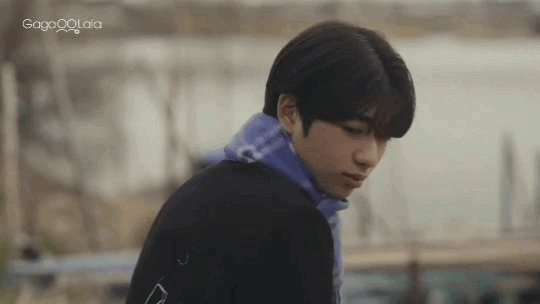
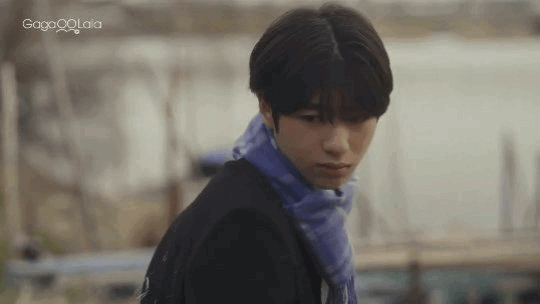

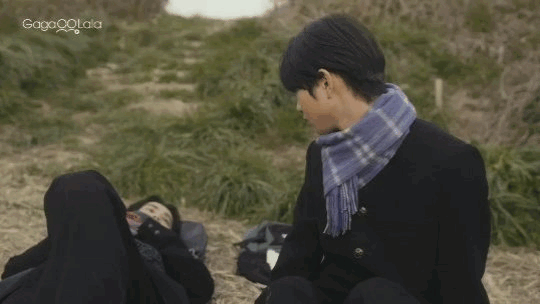
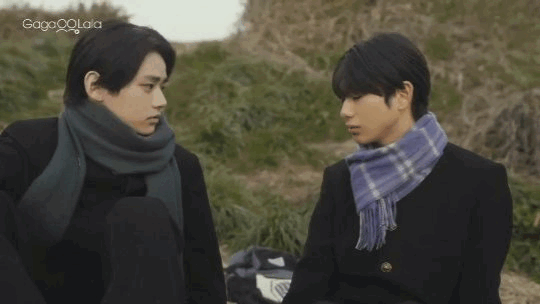
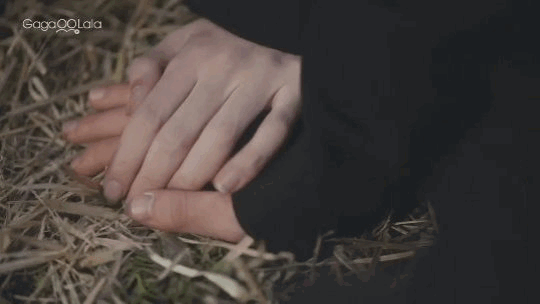
Please take me,go wherever you want to go
Love Is Better The Second Time Around EP01
Japanese title: Koi wo Suru nara Nidome ga Joto (2024)
Business editor Miyata Akihiro invites University professor Iwanaga Takashi to write a column for his publication. It’s not their first encounter since they used to be star-crossed lovers way back in high school. In still-to-be-explained circumstances, Miyata broke the affair completely, sealed the romantic episode, and moved on. With his busy schedule and a girlfriend to boot, his ‘normal’ world is starting to unravel and collide with his dark past. Can Miyata and Iwanaga start all over again?
#love is better the second time around#koi wo suru nara nidome ga joto#miyata akihiro#iwanaga takashi#hasegawa makoto#furuya robin#Japanese bl
37 notes
·
View notes
Text
Well well... Strap in your seat belt, there's a lot of info to take in in EP5. Everything is revealed in this one. Iwanaga x Miyata dating era let's go! The villain of the story reveals himself but damn! He just punch through into Miyata & Iwanaga space like nobody's business. Some of my favourite things in this episode is Miyata's getting jealous 😏 and I think this is the first time I see Iwanaga's angry face.
I can't believe there's only one episode left!!!
Spoiler
Kyosuke: Him, he grew up beautifully delicious. Should I have a taste?
Iwanaga: Kyosuke, do you actually want to see me get angry?
Kyosuke: You're scary.
*Translated from 🇯🇵 > 🇰🇷 > ENG
#koi wo suru nara nidome ga joto#love is better the second time around#robin furuya#takashi iwanaga#iwanaga x miyata
20 notes
·
View notes
Text
Love is Better the Second Time Around
Koi wo Suru nara Nidome ga Joto

Synopses: One day, Akihiro Miyata, a mid-level editor at a business magazine, visits popular university associate professor Takashi Iwanaga to ask him to write an economics column. However, that person was his first love, whom he broke up with during his high school days! It has been more than ten years since he moved to Tokyo. Miyata, who had completely sealed off the past where he had a big love affair to the point where he promised to elope, was able to find a girlfriend who was thinking of marrying him and was living a “normal” life. Even after they meet again by chance, Miyata treats him as a business partner and vows never to fall in love with Iwanaga again.
Adapted from the manga series "Koi wo Surunara Nidome ga Joto" (恋をするなら二度目が上等) by Kinoshita Keiko (木下けい子). [MDL]
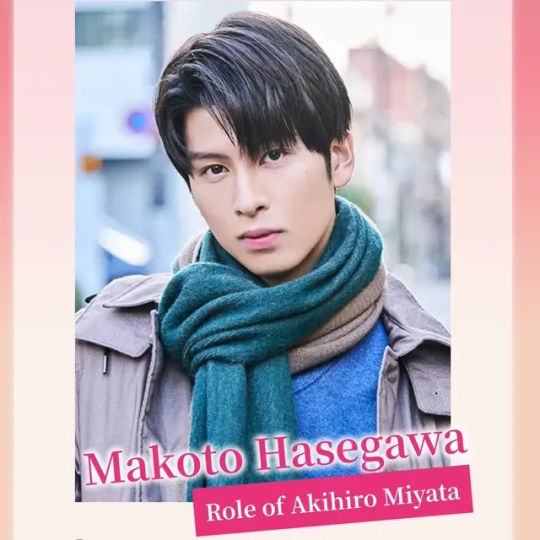
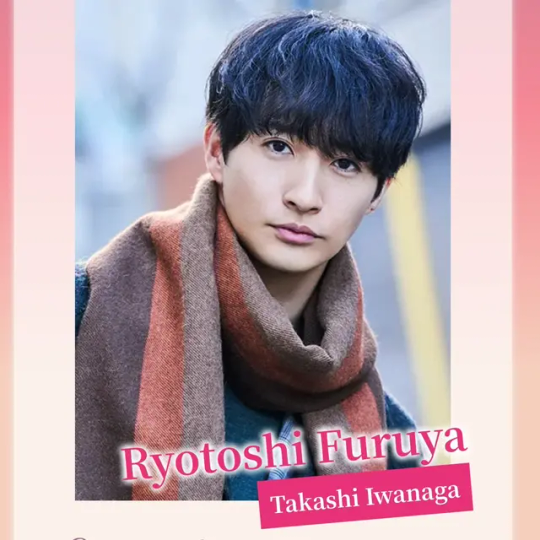
Takamatsu Aloha ( Tokyo in April...) plays the supporting role of Shiraishi Yuto, Takashi's assistant. And apparently he has a crush on him. And I can already tell I'll be rooting for the wrong guy in this triangle. Look at him.
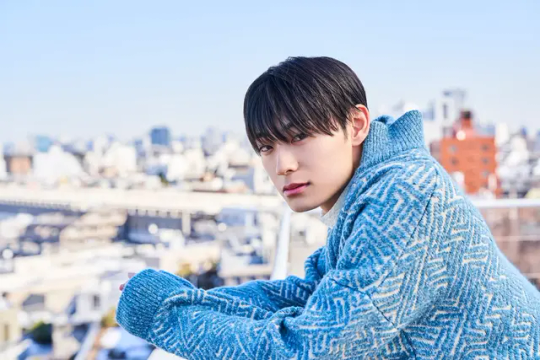
Directed by Yasukawa Yuka (Jack O'Frost)
Another very exciting detail. The production team got Ayumu Imazu to write a new song for the series. For those who don't know, he's the artist that wrote Sunshower, the absolute incredible song that was part of Eternal Yesterday OST.
Premieres Tuesday March 5.
No trailer yet. [Source]
#Love is Better the Second Time Around#Koi wo Suru nara Nidome ga Joto#I'm very excited about this#this is giving me tokyo in april vibes without the trauma hopefully#upcoming bl#japanese bl#rosy reports
192 notes
·
View notes
Text

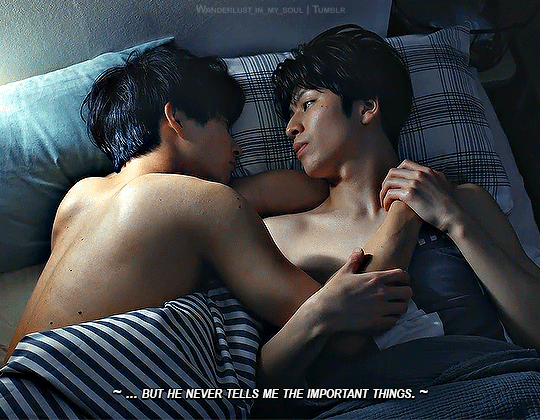



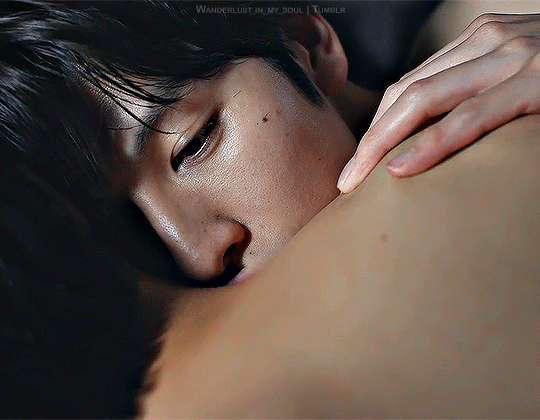
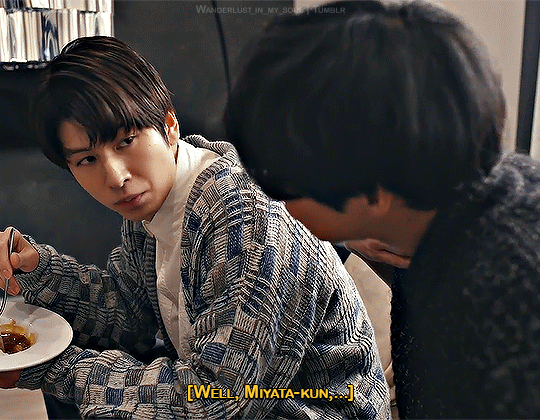
Even if you said you didn't care, were you actually feeling jealous? Do you want to find out? In bed.
#love is better the second time around#Koi wo Suru nara Nidome ga Joto#恋をするなら二度目が上等#miyata akihiro#iwanaga takashi#iwanaga x miyata#japanese bl#japanese series#japanese drama#jbl#jdrama#bl drama#bl series#myedit#asianlgbtqdrama#lgbtq+#queer series#queer drama
496 notes
·
View notes
Text
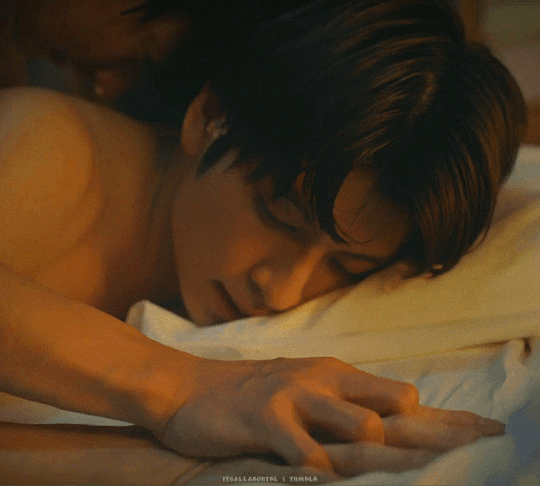
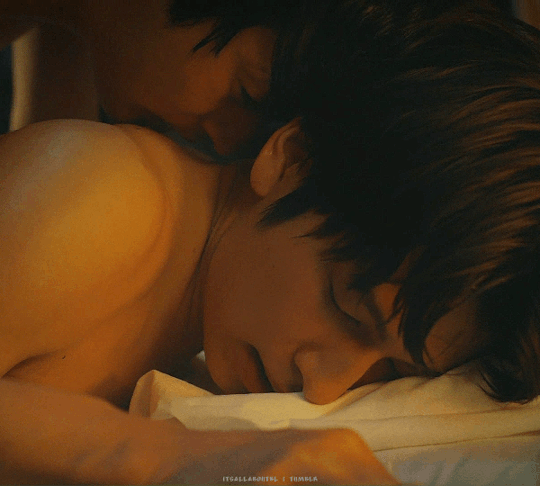







If you like me, don't be sorry.
Part 4 (1, 2, 3)
#love is better the second time around#Koi wo Suru nara Nidome ga Joto#恋をするなら二度目が上等#iwanaga x miyata#iwanaga takashi#miyata akihiro#hasegawa makoto#furuya robin#tobelle#lextag#userbunn#user25shades#rosytracks#jdramaedit#bldramaedit#jbl#japanese bl#asianlgbtqdramas#dailyasiandramas#mygifs*#okay this is the last one hahah i couldn't bring myself to delete gifs of this scene so yeah. 4 gifsets it is hahahah
627 notes
·
View notes
Text



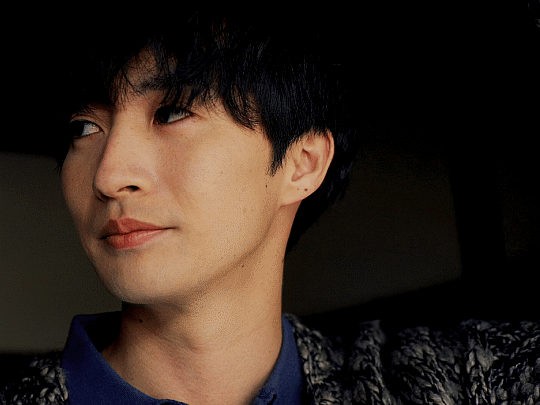
FURUYA ROBIN as Iwanaga Takashi
KOI WO SURU NARA NIDOME GA JOTO 恋をするなら二度目が上等 (2024)
#love is better the second time around#koi wo suru nara nidome ga joto#furuya robin#robin furuya#userdramas#jdrama#jdramasource#boyslovesource#bl drama#esmetracks#clairedaring#lextag#userstorge#userxj#userginpotts#tuseralexa#japanese bl#bl series#belleparkgif#asianlgbtqdramas#japanese drama#HIS FACE LOOKS TOO GOOD I—🫠
109 notes
·
View notes
Text
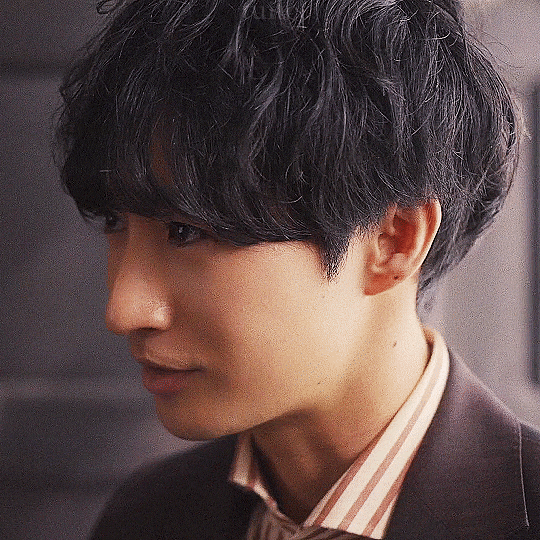
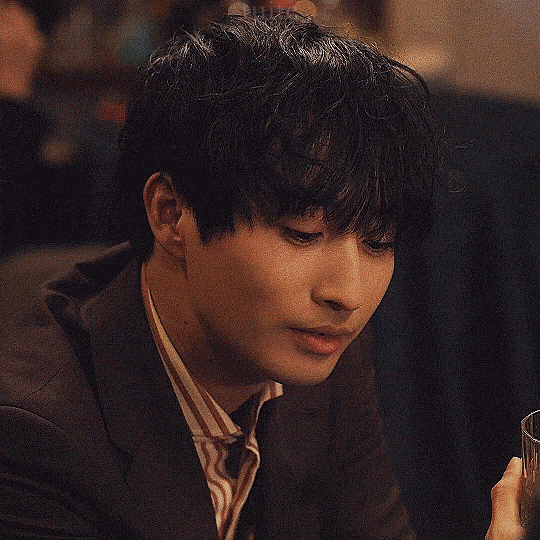

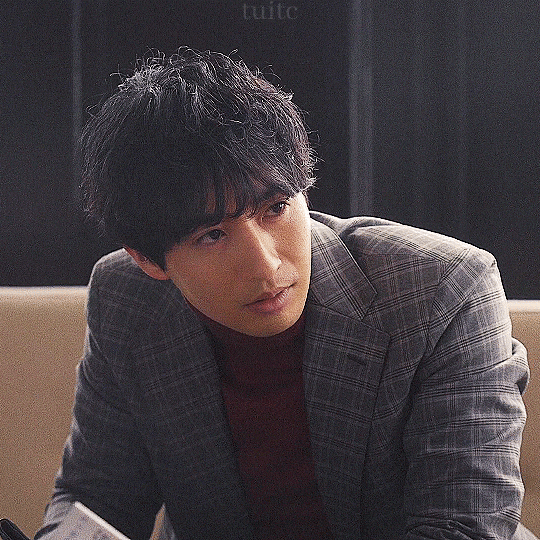
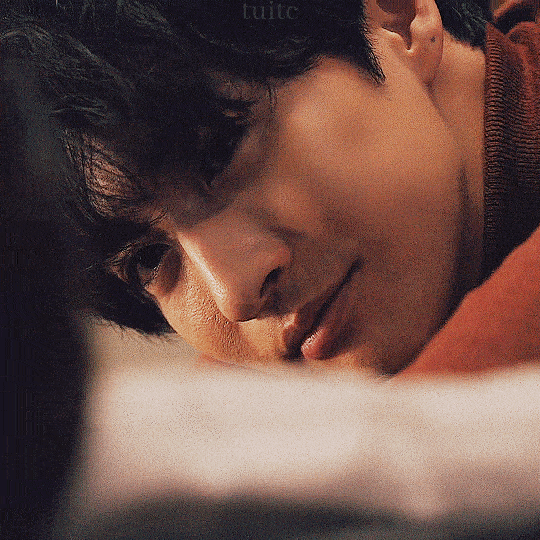
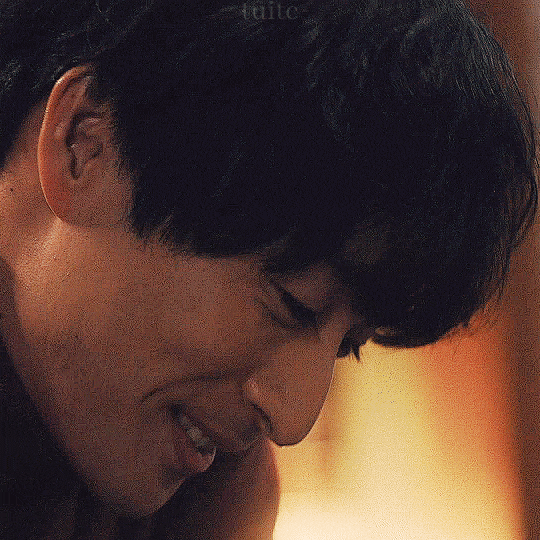

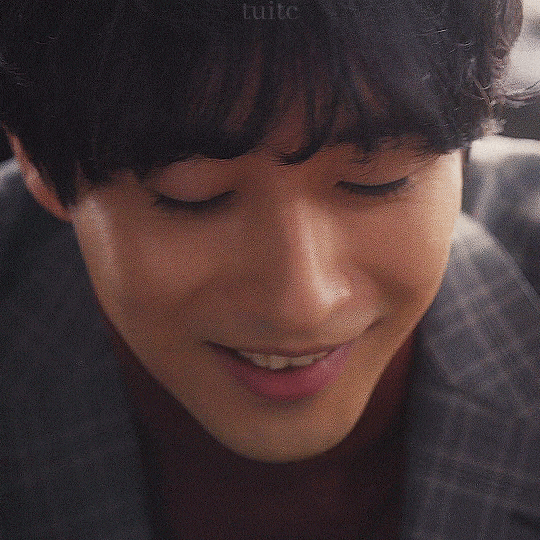
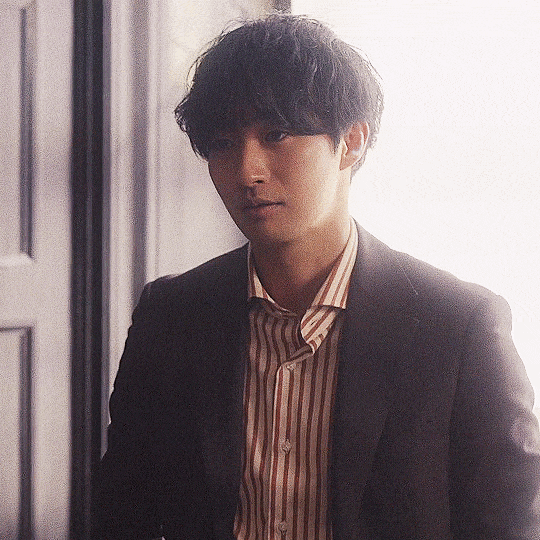
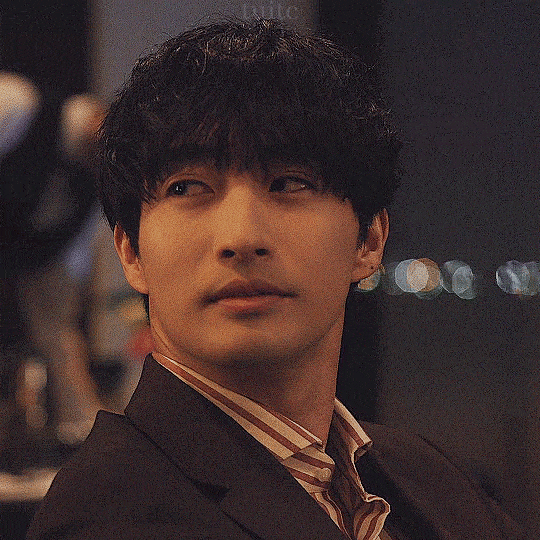
ROBIN FURUYA as Takashi Iwanaga
Love is Better the Second Time Around (2024) │ 01x01
#love is better the second time around#koi wo suru nara nidome ga joto#robin furuya#furuya robin#takashi iwanaga#iwanaga takashi#jdramaedit#userdramas#please do not repost#umbrella.gifs#umbrella.edits#umbrella.posts#the grip robin has had on me since saber...
170 notes
·
View notes
Text
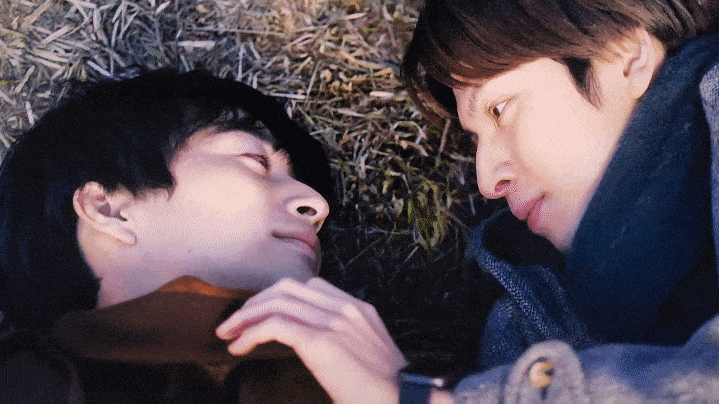




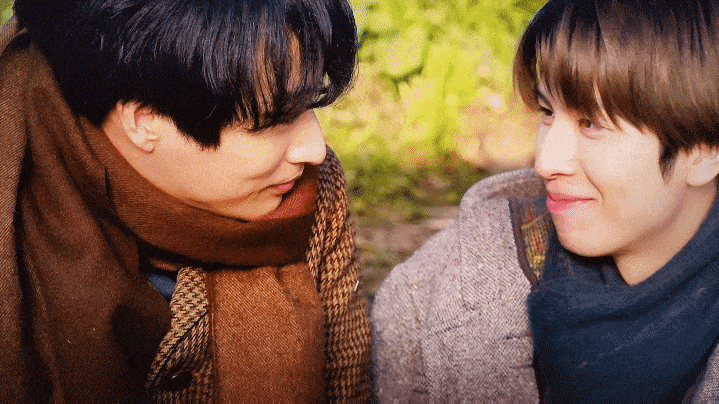


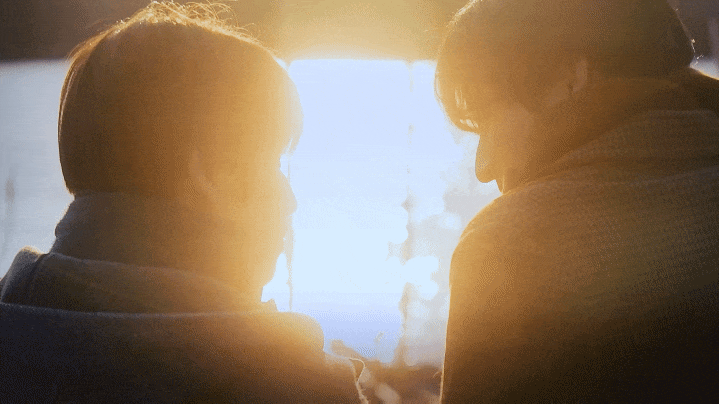

KOI WO SURU NARA NIDOME GA JOTO (2024, JAPAN)
Episode 6: The Finale
Senpai Iwanaga Takashi (FURUYA ROBIN) has turned down his mother's request to take over the household and instead choose his own path.
The path he's been on. And that path includes the person he loves Miyata Akihiro (HASEGAWA MAKOTO)
As the two faced the lady of the household she seemingly acquiesce with the words: DO AS YOU WISH.
So Senpai and Miyata reunite (again) this time permanently.
@pose4photoml @lutawolf @kingofthereblog-boysloveed
#LOVE IS BETTER THE SECOND TIME AROUND#JAPANESE BL SERIES FINALE#MIYATA GETS HIS SENPAI#LOVE WINS#SHORT LENGTH SERIES#6 EPISODES#GAGAOOLALA#My GIFS#MYGIFSET#MY-GIF-EDIT#BL-BAM-BEYOND FAMILY OF BLOGS
42 notes
·
View notes
Text
Five underappreciated anime that I would recommend!
1. Canaan (2009)
This is, from what I understand, an adaptation of a side-story chapter for the visual novel series 428: Shibuya Scramble, guest-written by Nasu Kinoko and guest-illustrated by Takeuchi Takashi. That is to say, the Type-Moon guys — the creators of Tsukihime, Kara no Kyoukai, and the now-legendary Fate/Stay Night. However, Canaan doesn’t take place in the Type-Moon shared universe(s), since it’s for another company’s property.
That being said, the anime adaptation is quite comprehensible on its own terms, likely due to the adaptation being written by the prolific and highly skilled screenwriter Okada Mari (Hanasaku Iroha, O Maidens In Your Savage Season, Mobile Suit Gundam: Iron-Blooded Orphans, Maquia). Her writing imbues the narrative with enough emotional intensity to make up for the occasionally-convoluted nature of the plot, and the backstories of the characters are hinted at just enough so that the viewer can understand their relevance, without taking up too much precious screen time. It can be a little hard to follow at points, but I ended up understanding it decently well anyway.
The production values are very high indeed, due to the anime being produced by P.A. Works, and directed by Andoh Masahiro (Sword of the Stranger, Hanasaku Iroha, O Maidens In Your Savage Season). The action animation is consistently stunning, the characters are beautifully expressive, and the overall look of the show is fantastic.
And the voice acting is an absolute treat, with the lead role of Canaan herself taken by Sawashiro Miyuki, the antagonist role of Alphard taken by Sakamoto Maaya, and Nanjou Yoshino in the role of Oosawa Maria, the POV character for a lot of the story. The supporting voice cast is packed with talent too — Hamada Kenji, Tanaka Rie, Nakata Jouji, Tomatsu Haruka, Hirata Hiroaki, Noto Mamiko, and even Ootsuka Akio in a minor role!
The premise is sort of a science fiction type of thing, but set in the (quasi-)contemporary location of 2000s China, where outside of the sci-fi conceit, the setting is largely realistic. The tone and mood is mostly that of an action thriller, with some nail-biting suspense here and there, but there are some beautifully soft and tender moments as well — often involving Canaan and Maria. Yes, folks, this has yuri in it, although it’s (strongly) subtextual.
Anyway, I would recommend this to people who love Ghost in the Shell: Stand Alone Complex, Kara no Kyoukai, Fate/Zero, and probably also Cowboy Bebop.
2. Tetsuwan Birdy OVAs (1996)
This is distinct from the later adaptation of the original Tetsuwan Birdy (Birdy the Mighty) manga, called Tetsuwan Birdy Decode, which came out in the late 2000s — this one came out in 1996 and was produced by Studio Madhouse in their prime.
The main characters are Senkawa Tsutomu (voiced by Iwanaga Tetsuya), a hapless teenager who gets accidentally killed(!) by an alien spaceship on his way to school one day, and Birdy Cephon Altirra (voiced by Mitsuishi Kotono), a human-looking alien and an intergalactic government agent who saves Tsutomu by merging her body with his. Effectively, they become two people in one body, which can shift between the forms of Birdy and Tsutomu…. except Birdy still needs to deal with all the rogue aliens who threaten the safety of the galaxy, while Tsutomu needs to study for his high school entrance exams. From what I’ve been told, the premise is fairly reminiscent of Ultraman and other classic tokusatsu series.
It’s four tight episodes of classic ‘90s OVA goodness, with a fun and slightly silly sci-fi concept that is nonetheless wrung for some surprisingly effective drama at times. The main thrust of it, though, is action comedy — and it definitely delivers on that front. The fight scenes are superbly animated, including some early-career work from now-legendary animator Suzuki Norimitsu, and the character designs by Takahashi Kumiko (Witch Hunter Robin, Snow White with the Red Hair, Cardcaptor Sakura) are amazingly expressive. Birdy’s striking asymmetrical design is a particular favourite of mine. The direction by Kawajiri Yoshiaki (Cyber City Oedo 808, Ninja Scroll, Vampire Hunter D) is solid, and the writing is quite serviceable despite the brevity and premise.
Overall, I wouldn’t say it’s much of an intellectual watch, but if you just want a fun action-comedy ride with an extremely charismatic female protagonist and stunning animation quality, Tetsuwan Birdy is likely to be your jam. I’d recommend it to people who enjoy classic tokusatsu series, the original ‘90s Sailor Moon anime, and the less-depressing parts of Neon Genesis Evangelion.
3. Noir (2001)
This anime series is perhaps not as underappreciated as the others on this list, but I do still feel that not enough people have seen it. It was made by the studio Bee Train, and it’s the first entry in their so-called “Girls with Guns” trilogy (which isn’t actually a coherent trilogy, since they’re three different stories). The series was made right at the end of the cel-anime era, before the transition to digital colouring and compositing, so the masters were shot on film, but it was also made at the beginning of the slow transition to widescreen TV broadcasts, so it’s one of the very rare cel anime that’s in 16:9. This allows for a beautifully detailed look that, IMO, serves to offset the occasionally-limited animation and the frequent re-use of footage.
The premise is basically “secret assassins in France are caught up in weird intrigue and conspiracies”; as such, there’s a lot of very fun gunplay and kickass fight scenes, but also a lot of suspense and mystery. The writing is a little bit slipshod at times, but it ends up holding together, and the characters and (especially) the fantastically moody vibe make the show worth watching.
The characters are imbued with a lot of life and colour, both by their extremely attractive designs and by their voice actors’ wonderful performances. Mireille Bouquet, a young Corsican assassin and one of the two protagonists, is voiced by Mitsuishi Kotono; Yuumura Kirika, the other main protagonist who is a Japanese schoolgirl who has seemingly lost all her memories (but not her exceptional assassin skills), is voiced by Kuwashima Houko; and the mysterious Chloe, who shows up partway through the show, is voiced by Hisakawa Aya. There are definite yuri vibes between Mireille and Kirika, but as with Canaan, it’s all subtextual.
The main draw of the show, though, is its phenomenal soundtrack, courtesy of Kajiura Yuki (.hack//Sign, Kara no Kyoukai, Fate/Zero, Sword Art Online, Demon Slayer) in her very first anime scoring gig. It’s at times propulsive, at times dark and moody, at times beautifully serene, at times melancholy and nostalgic — and it’s utterly memorable.
I would recommend Noir to anyone who likes Canaan, Witch Hunter Robin, Ghost in the Shell, or anyone who just wishes that James Bond were a woman.
4. Flip Flappers (2016)
This anime was produced at Studio 3Hz and directed by Oshiyama Kiyotaka, in a dazzling yet underappreciated directorial debut that was presaged by his impressive animation work on Dennou Coil, Space Dandy, A Letter to Momo, The Secret World of Arietty, and The Wind Rises. Owing to this extremely solid animation background, Oshiyama was able to recruit a lot of prime animation talent for Flip Flappers, and it definitely shows in the stunning sakuga of the wild action sequences that pepper the show’s narrative.
While the fantastic animation is a key draw of this show, the sheer creativity in the worldbuilding, conceptual, and visual design spheres also contribute to its inimitably psychedelic look and feel. The landscapes of the worlds contained in Pure Illusion — the dream-realm that the protagonists enter each episode at the behest of a mysterious scientific organisation — and of the “real” world are whimsical, storybook-like, and slightly “off” in a slightly unsettling but compelling way.
The dreamlike atmosphere pervades the narrative as well — very little about the mechanics of the world is specified out loud, relying heavily on symbolism and visual storytelling to do the heavy lifting for the audience’s understanding. This might be a turn-off for audiences who prefer to have things spelled out for them clearly, but the point of this story is not always to make perfect logical sense, but rather to work on an emotional and metaphorical level. And work, it certainly does.
The episodic structure involving the various worlds of Pure Illusion explores the concept of the Umwelt (the individual sensory “world” of a person or organism), as well as some Jungian concepts and archetypes, in order to express the strange and sometimes-scary developmental stage of adolescence. The characters of Cocona (voiced by Takahashi Minami) and Papika (voiced by Ichimichi Mao) undergo a metaphorical and literal puberty, a coming-of-age similar in some ways to that experienced by the protagonist of FLCL, but with significantly more yuri. In fact, this show has the most outright yuri of any of the anime on this list. But that isn’t very strange for what is essentially a psychedelic magical-girl show: lots of magical-girl anime seem to include homoerotic vibes in some form or another, from Sailor Moon to Nanoha to Madoka.
There are some minor flaws in the storytelling towards the end, IMO, but overall it’s a wonderfully impactful emotional journey to watch Flip Flappers. Plus, the OP and ED are both extraordinarily catchy tunes that I’ve found myself humming on many an occasion.
I’d recommend this anime to anyone who loves weird magical-girl stuff, weird yuri, and/or amazing action animation.
5. Claymore (2007)
An adaptation of the manga by Yagi Norihiro, this anime is considered by many to simply be “basic”, or at least simply “inferior to the manga”. Now. I haven’t read the original Claymore manga (yet! I plan to eventually), but I found this anime to be compelling nonetheless. And if it really is the case that the manga is better, then I definitely look forward to diving in.
Having been produced by Studio Madhouse in the mid-2000s, it’s unsurprising that the vast majority of this anime was outsourced to Korean animation studio DR Movie, a longtime powerhouse subcontractor for both Japanese and American animation alike. That said, the direction of Tanaka Hiroyuki (director of a portion of Hellsing Ultimate and frequent close collaborator of Attack on Titan director Araki Tetsurou) remains sharp, compensating for the sometimes-limited animation with good storyboarding and a strong sense of mood and atmosphere.
Another aspect of Claymore which helps make up for the occasional visual shortcomings is the soundtrack by Takumi Masanori. The compositions are a mix of harder rock and electronic elements with a strong orchestral backbone, as befits a dark-fantasy setting and mood — the faster pieces are edgy and propulsive, very appropriate for the bloody action scenes, and the calmer pieces have a melancholic beauty to them that sticks in one’s memory. I wish the soundtrack were on Spotify, but alas, it is not.
The other sonic element that helps this anime out immensely is its absolutely STACKED voice cast. The main character, Clare, is voiced by Kuwashima Houko, in a fantastic yet understated performance. The other main character, Raki, is voiced by the less-well-known Takagi Motoki, but nearly all the other roles — including many bit parts — are filled with industry legends. Teresa is voiced by Park Romi, Miria is voiced by Inoue Kikuko, Irene is voiced by Takayama Minami, Rubel is voiced by Hirata Hiroaki, Priscilla is voiced by Hisakawa Aya, Ophelia is voiced by Shinohara Emi, and Jean (whom I cannot help but ship with Clare: there’s so much homoerotic tension there!) is voiced by none other than Mitsuishi Kotono. Yes, they got three of the original Sailor Senshi VAs — and I don’t know why that’s funny to me, but it is. And all of the voice actors deliver killer performances.
The premise of the show, before I completely forget to explain it, is that of a dark fantasy world where demons called youma ravage human settlements, with only the titular Claymores to protect humanity. They are a guild of platinum-haired and silver-eyed warrior women who possess superhuman fighting abilities, due to the fact that they’ve been fused with youma essence, and wield the massive broadswords that give them their name. Basically, (s)he who fights monsters must become (partly) a monster to do so.
I’ve heard the vibe of Claymore compared to manga like Berserk, and I don’t know how true that is (not having read the latter for myself), but there’s certainly a lot of bleakness and monstrosity in this fantasy tale. However, the Claymore manga was published in none other than Weekly Shounen Jump, so it’s perhaps unsurprising that the story remains resolutely forward-looking, the protagonists’ arcs focussing on the power of grit, determination, true friendship and loyalty, and protection of the weak and downtrodden. It’s never cynical or sarcastic — always straightforward and sincere despite the frequent darkness of the story.
The writing is consistently solid, even through the controversial anime-original ending (the manga continues long past the point where the anime cut things off), so I’m not sure who to point to for that: Yagi Norihiro for writing the original material, or Kobayashi Yuuko (JoJo’s Bizarre Adventure, Attack on Titan s1-3, Kakegurui, Casshern Sins) for adapting it cleanly for the screen? Either way, it made me want to read the manga to experience more of these compelling characters and their travails.
I would recommend this anime to those who enjoy Kill La Kill or RWBY, or just to those who enjoy powerful women hacking at monsters with massive weapons and making lots of blood spray out.
#anime recommendation#anime recs#flip flappers#tetsuwan birdy#birdy the mighty#claymore#noir#noir 2001#canaan#long post#personal#anime
101 notes
·
View notes